How Many Truly Affordable Units Could the Controversial Gowanus Rezoning Actually Create?
We are in the middle of a housing crisis, unemployment is at record highs and many are struggling to pay rent.

Photo by Susan De Vries
Supporters of the controversial and long-in-the-works Gowanus rezoning — whose public review is on hold pending a lawsuit — say a clutch of 30-story towers on the banks of the polluted canal are necessary to bring urgently needed affordable housing to Brooklyn. But how many units of truly affordable housing could the proposal actually bring?
We are in the middle of a housing crisis, unemployment is at record highs and many are struggling to pay rent.
If the project were to turn out exactly as currently envisioned by local City Councilman Brad Lander and the Department of City Planning, it could spawn 2,525 units aimed at households making 60 percent or less of the area median income, and some 5,200 “luxury” apartments. (Another 475 homes would be technically “affordable” — income restricted and rent stabilized — but priced for middle-income households.)
This is a better outcome than what often passes for “affordable” in the city’s housing lotteries, where many buildings receiving the 421-a tax break offer “affordable” units whose rents are pegged at 130 percent of area median income. Not only are these units out of reach for those who most need housing, but the rents are often equivalent to unregulated, market-rate units both new and old. (Picture a $2,225 a month studio in Bushwick, for example.)
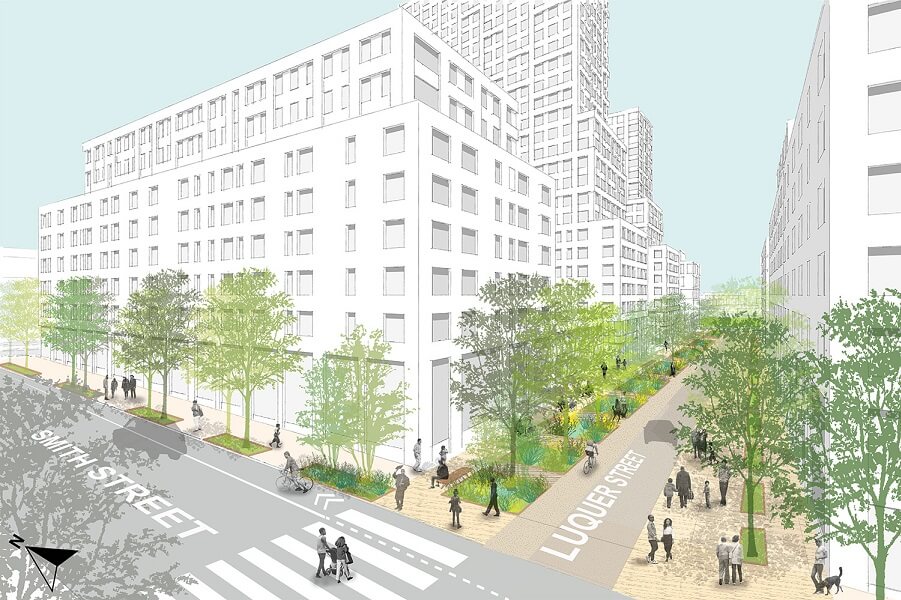
Here are the details:
The Gowanus rezoning proposal will contain two different types of affordable housing: The 100 percent affordable Gowanus Green project from a group of nonprofit developers, and everything else. The latter, created by private owners and for-profit developers, will follow the Mandatory Inclusionary Housing options provided by the city. Exactly which of the four MIH options will be required will be determined during the public review process.
Lander has said he wants option No. 1, among the most affordable of the four. If other options are selected, it could mean the project could create little meaningful affordable housing.
Under the Mandatory Inclusionary Housing option that Lander currently champions, 25 percent of whatever units are created will be designated at or below 60 percent of the area median income, and 10 percent of those will be set at or below 40 percent of the area median income.
Potentially, that could mean approximately 2,525 units will be designated at or below 60 percent of the area median income, with approximately 252 of those units set at or below 40 percent of the area median income. To put this in perspective: A family of four at 40 percent of the area median income would have a combined income of roughly $45,480; the same at 60 percent of the area median income would have a combined income of roughly $68,220.
At those percentages, one-bedroom apartments would rent at somewhere between $717 and $1,143 a month. Two-bedroom apartments would range from $854 to $1,366 a month, and three-bedroom apartments would run $978 to $1,570 a month.
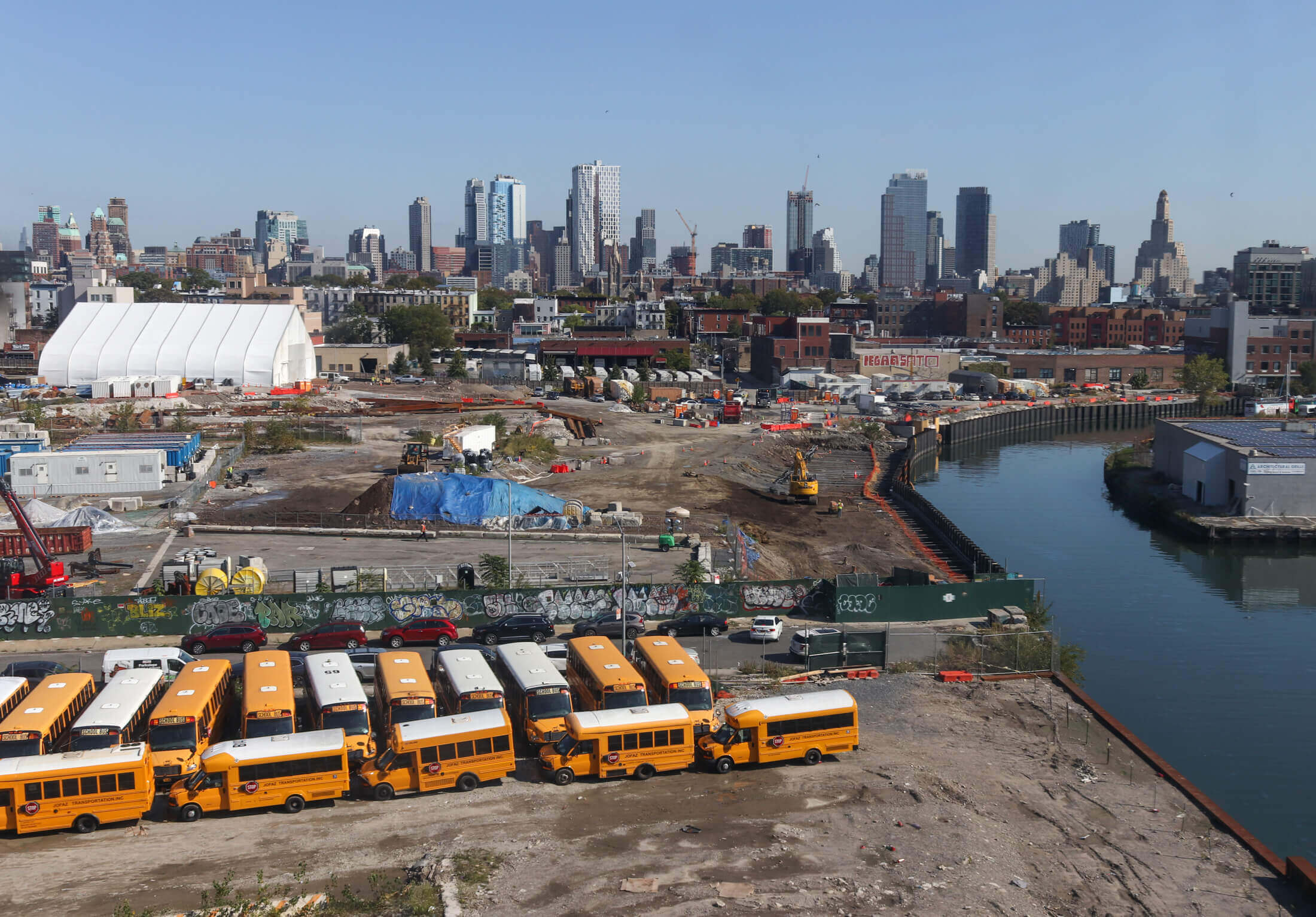
But exactly how many units would actually be built under MIH is anyone’s guess — the 8,000 total is a City Planning estimate. For comparison, more than 10,000 units were produced by the 2005 Wiliamsburg rezoning, including 1,501 affordable units (none were required).
Gowanus Green will have its own unique program. Its 950 total homes will include 475 apartments for households earning up to 50 percent of the area median income. (The others will vary up to 120 percent and include some affordable co-ops.)
However, whether Gowanus Green will actually be built is unclear. The site is heavily polluted and will require more extensive cleanup to be habitable than originally planned, an EPA official warned in December.
Nothing is currently solidified. The ULURP process has yet to begin. When or if it does, the affordability breakdown under Mandatory Inclusionary Housing can change, with an ultimate decision being made by the City Council when they vote on the rezoning.
Related Stories
- Despite Building Boom, Housing in Brooklyn Is Not Getting More Affordable
- Judge Stalls Controversial Gowanus Rezoning With Temporary Restraining Order After Locals File Suit
- Locals Opposing Gowanus Rezoning Prepare for Potential Legal Fight
Sign up for amNY’s COVID-19 newsletter to stay up to date on the latest coronavirus news throughout New York City. Email tips@brownstoner.com with further comments, questions or tips. Follow Brownstoner on Twitter and Instagram, and like us on Facebook.

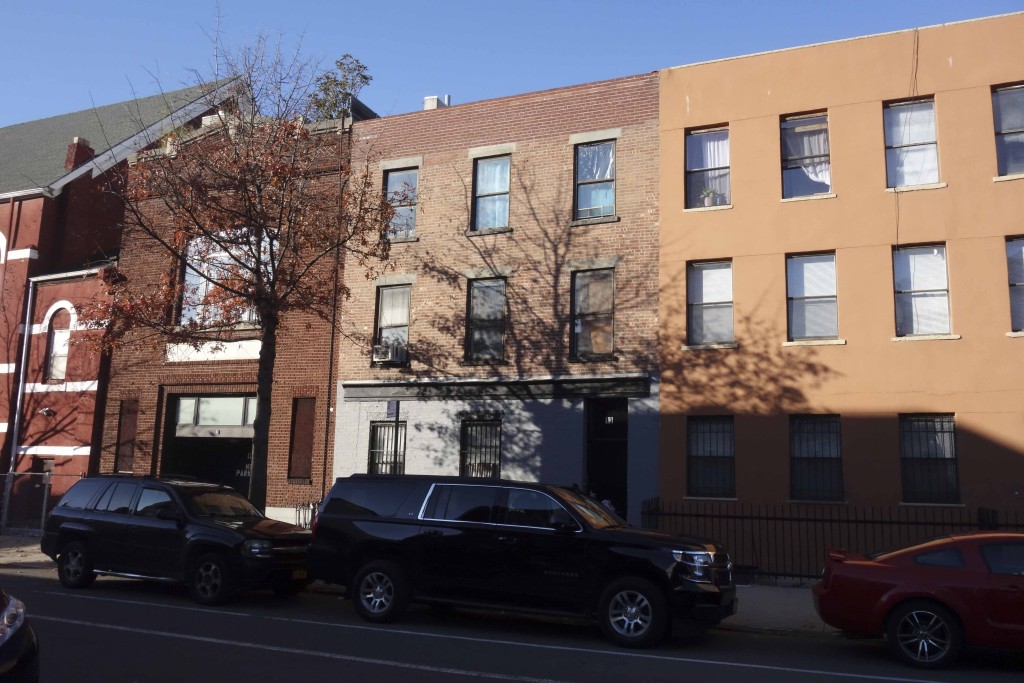
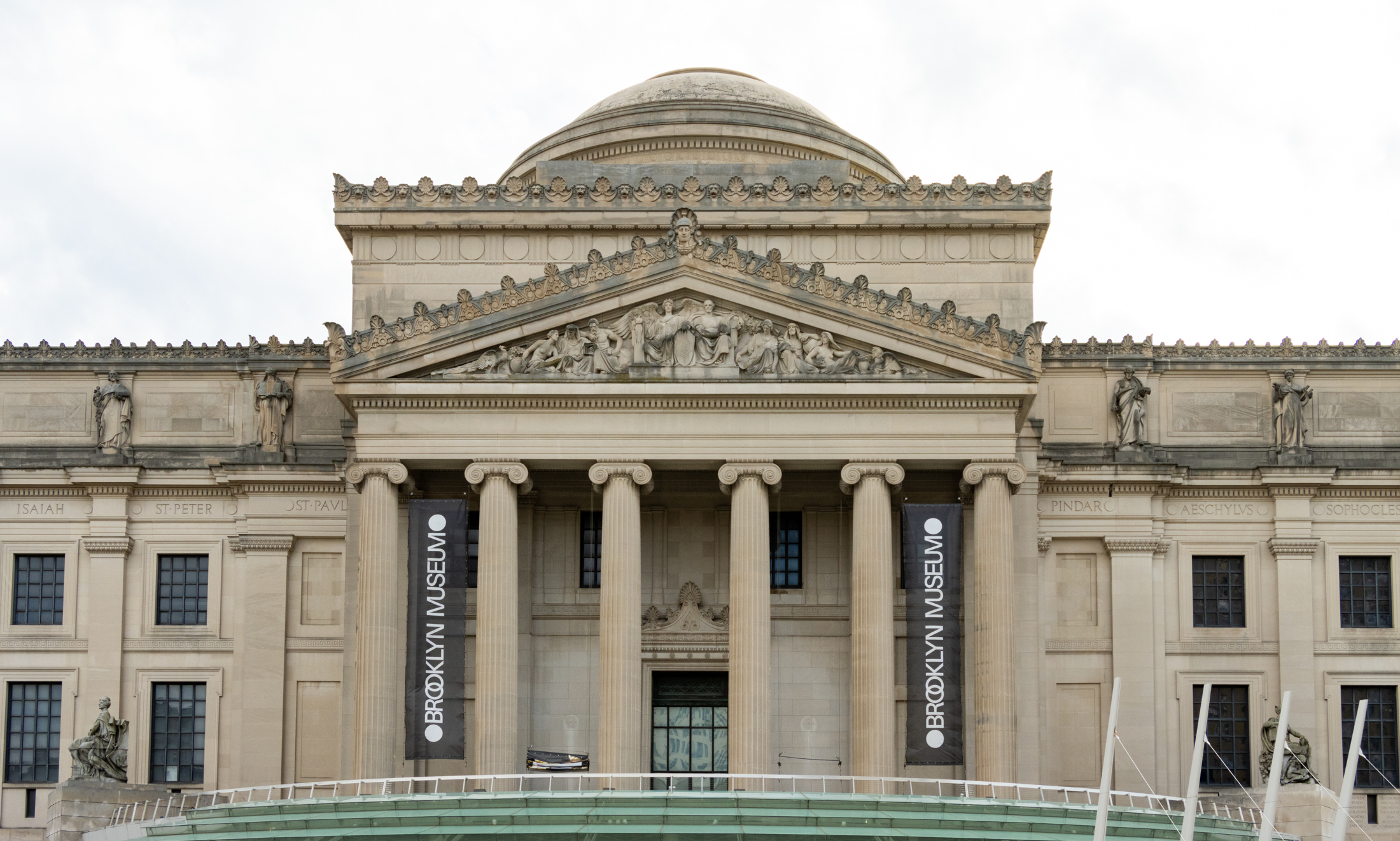
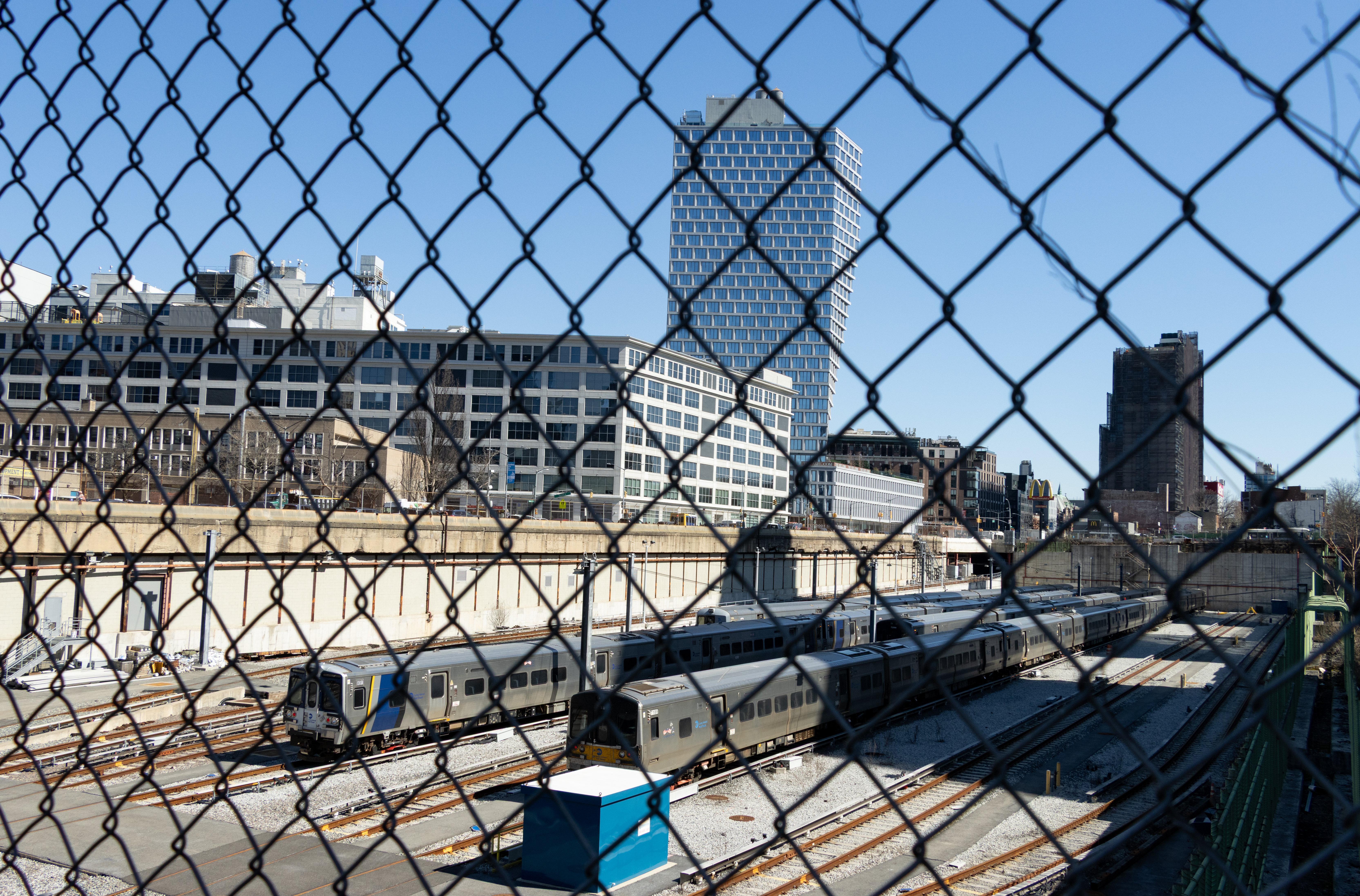
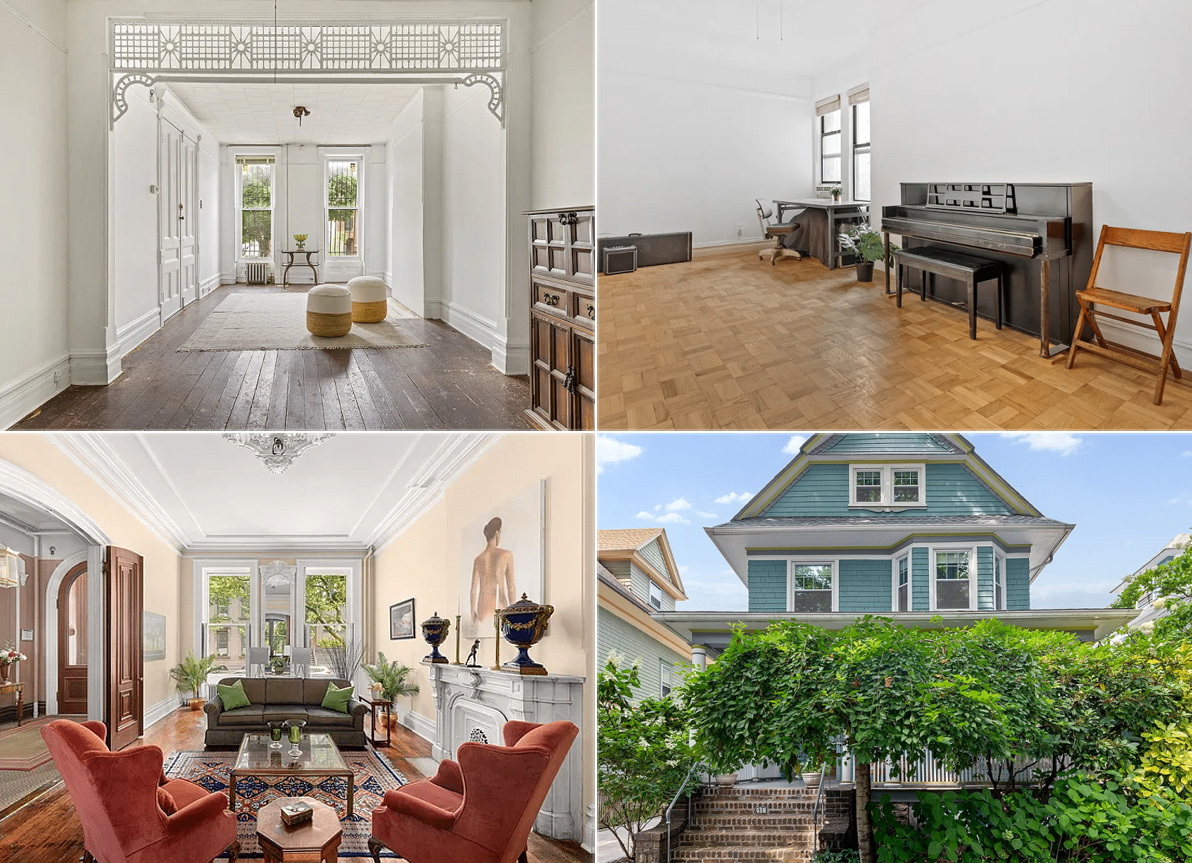




What's Your Take? Leave a Comment